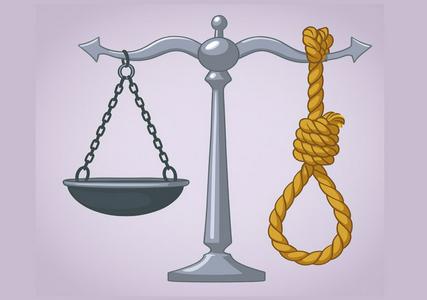Uzbekistan will offer subsidies of up to 50 million soums (approximately $4,000) to enterprises employing individuals with disabilities to cover the costs of sign language interpreters, psychologists, and assistants for visually impaired employees. Private employment agencies that train and place individuals with disabilities will be eligible for grants of up to 500 million soums ($39,000). This initiative was announced during a presidential meeting on December 13.
In 2024, entrepreneurs created jobs for 40,000 people with disabilities. Starting in January, the social tax rate for such enterprises will be reduced to 1%.
The meeting highlighted that the average employment rate of people with disabilities across the country stands at 20%, but the rate is significantly lower in the Jalakuduk, Chimbay, Pastdargom, Chartak, and Denau districts. Of the 598 social facilities included in next year’s investment program, none were adapted for people with disabilities.
It was also noted that in 33 districts across Uzbekistan, the level of rehabilitation services for individuals with disabilities remains critically low. To address this, each regional and district hospital will be tasked with providing rehabilitation services. Funding for occupational therapy, physiotherapy, and therapeutic exercises in 12 rehabilitation centers will be increased fivefold.
Rehabilitation departments will be established in seven medical universities, and faculty members will undergo retraining based on South Korean expertise. Tailored exercise programs and healthy diet plans will be developed for specific disabilities, enabling treatment at home.
Rehabilitation effectiveness will be measured through improvements in patients' mobility and communication abilities, with performance-based salary bonuses for doctors. The list of prosthetics and rehabilitation tools has been expanded from 18 to 30 items, and funding has increased by 1.5 times. Seven additional types of tools are expected to be added next year, meeting the needs of 80,000 individuals.










